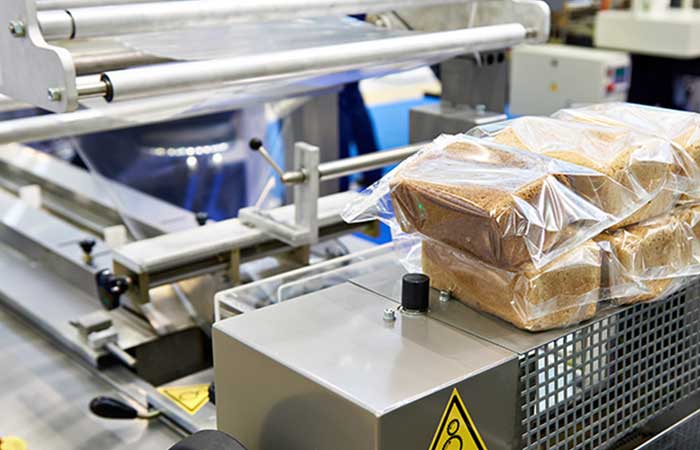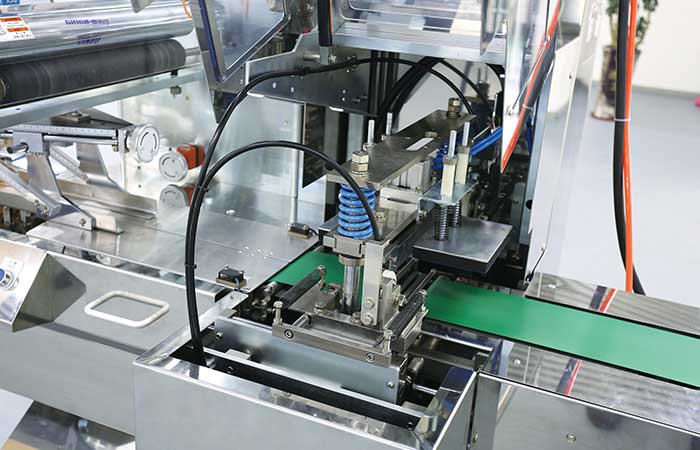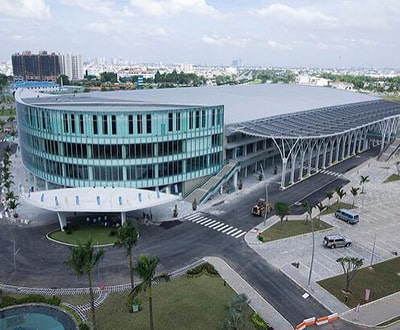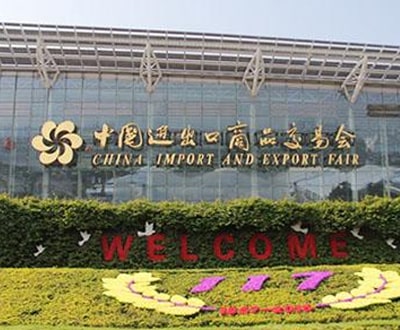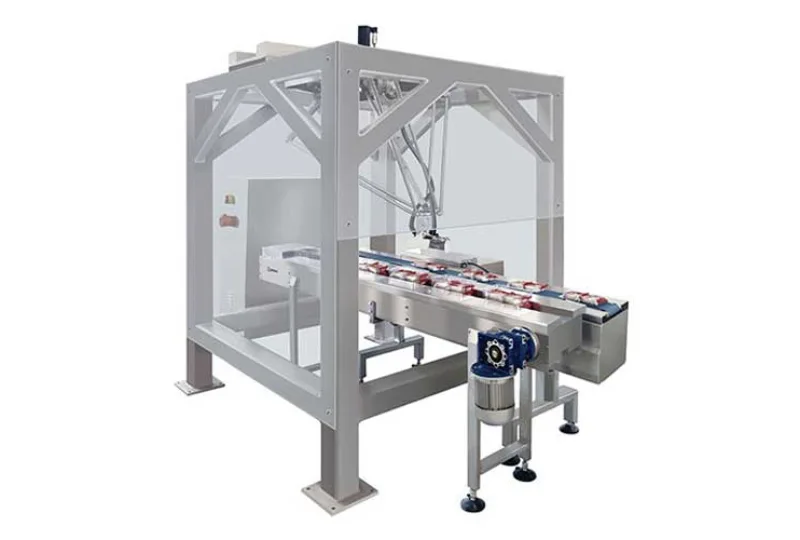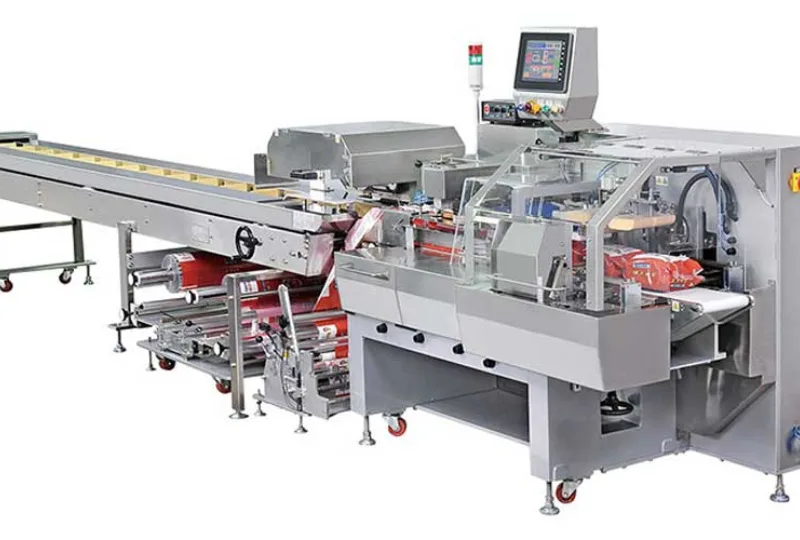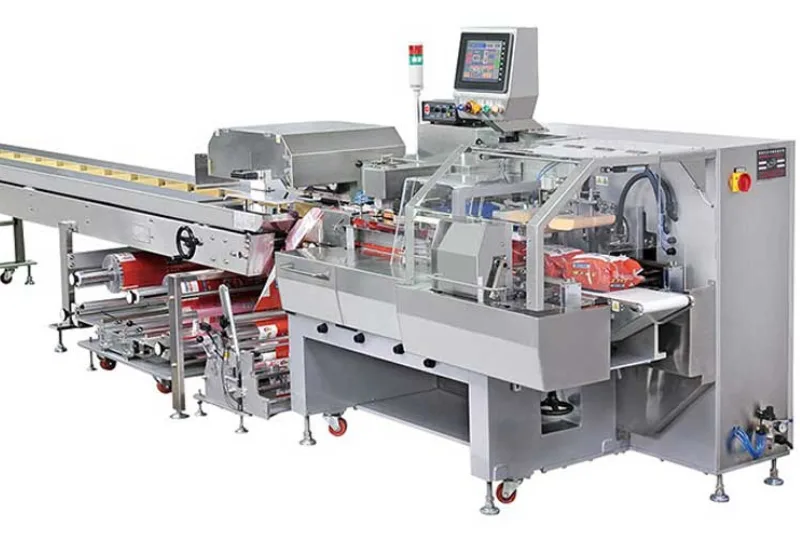The Intricacies of Cell Packaging Systems
The Intricacies of Cell Packaging Systems
Cells, the fundamental units of life, possess an astonishingly complex system for packaging and organizing their various components. At the heart of this system lies the endomembrane system, a network of membranes that work together to modify, package, and transport proteins and lipids throughout the cell.
One key player in this system is the Golgi apparatus, often likened to the cell’s post office. Here, proteins arrive from the endoplasmic reticulum in vesicles and undergo further processing before being sorted and shipped to their final destinations. This remarkable organelle consists of a series of flattened membranous sacs called cisternae, each with distinct cis and trans faces that play crucial roles in protein modification and trafficking.
Within cells, there are also specialized organelles dedicated to specific packaging tasks. For example, lysosomes are organelles filled with enzymes that break down cellular waste and foreign particles. These acidic vesicles are essential for maintaining cellular homeostasis by recycling unwanted materials and proteins.
On the other end of the spectrum are peroxisomes, organelles responsible for metabolizing fatty acids and detoxifying harmful substances. These versatile organelles contain enzymes that help break down fats into smaller molecules, generating energy and building blocks for cellular processes.
The Role of Vesicles in Cellular Packaging
Vesicles, tiny membrane-bound sacs, are the cell’s shipping containers, shuttling molecules between different compartments within the cell and to the cell’s exterior. There are several types of vesicles, each serving a unique function in the cell’s packaging and transport processes.
Endosomes, for example, are vesicles that transport molecules from the cell surface to various organelles within the cell. These dynamic structures are involved in the sorting, recycling, and degradation of cellular components, contributing to the cell’s ability to adapt to changing environmental conditions.
In contrast, exosomes are small vesicles released by cells into the extracellular environment. These vesicles contain a diverse array of biomolecules, including proteins, lipids, and nucleic acids, which can be taken up by neighboring cells to influence various cellular processes. Exosomes play critical roles in intercellular communication, immune response regulation, and disease progression.
Implications for Disease and Therapeutics
Disruptions in the cell’s packaging systems can have profound implications for health and disease. For instance, defects in lysosomal function can lead to lysosomal storage disorders, a group of rare genetic diseases characterized by the accumulation of undigested macromolecules within lysosomes. These disorders can have devastating effects on multiple organ systems and are often difficult to treat.
On the therapeutic front, researchers are exploring ways to target the cell’s packaging systems for the development of novel therapies. By understanding the intricate mechanisms underlying cellular packaging and trafficking, scientists hope to design strategies to correct aberrant processes in diseases such as cancer, neurodegenerative disorders, and metabolic syndromes.
As we delve deeper into the fascinating world of cell packaging systems, it becomes evident that these intricate processes are at the core of cellular function and health. By unraveling the mysteries of how cells organize, package, and transport their contents, we gain insights that may one day lead to transformative breakthroughs in medicine and biotechnology.
-
01
Reliable Food Packaging Solutions with China Bread, Candy, and Biscuit Machines
11-10-2025 -
02
High-Performance Automated Food Packaging Equipment for Modern Production
11-10-2025 -
03
Reliable Pillow Packing Machines for Efficient Packaging Operations
11-10-2025 -
04
Advanced Fully Automatic Packaging Solutions for Efficient Production
11-10-2025 -
05
Efficient Automatic Food Packaging Solutions for Modern Production
11-10-2025 -
06
Advanced Automatic Packaging Equipment for Efficient Production
11-10-2025 -
07
China Bread Sealing Machine and Packaging Solutions
26-09-2025 -
08
Food Packing Machine Manufacturer: Innovative Solutions for Modern Food Packaging
26-09-2025 -
09
Pillow Packing Machine Factory: Reliable Solutions for Efficient Packaging
26-09-2025 -
10
Streamlining Food Packaging with Automatic Machines and Palletizers
16-09-2025



